I have 2 PageViews with different viewportFraction. Is there any way to scroll one of the PageViews and the other one is scrolled on the same page or offset?
Also ask, is it possible to control the PageView to middle of the offset in code?
class MyPageControllers extends StatefulWidget {
@override
_MyPageControllersState createState() => _MyPageControllersState();
}
class _MyPageControllersState extends State<MyPageControllers> {
PageController _controller1;
PageController _controller2;
Widget _itemBuilder(BuildContext context, int index) => Container(
color: Colors.primaries[index % Colors.primaries.length],
child: Center(
child: Text(
index.toString(),
style: TextStyle(color: Colors.white, fontSize: 60),
),
),
);
@override
void initState() {
super.initState();
_controller1 = PageController(viewportFraction: 0.8);
_controller2 = PageController(viewportFraction: 0.5);
}
@override
Widget build(BuildContext context) {
return Column(
children: [
Expanded(
child: PageView.builder(
controller: _controller1,
itemBuilder: _itemBuilder,
),
),
SizedBox(
height: 40,
),
Expanded(
child: PageView.builder(
controller: _controller2,
itemBuilder: _itemBuilder,
),
),
],
);
}
}
